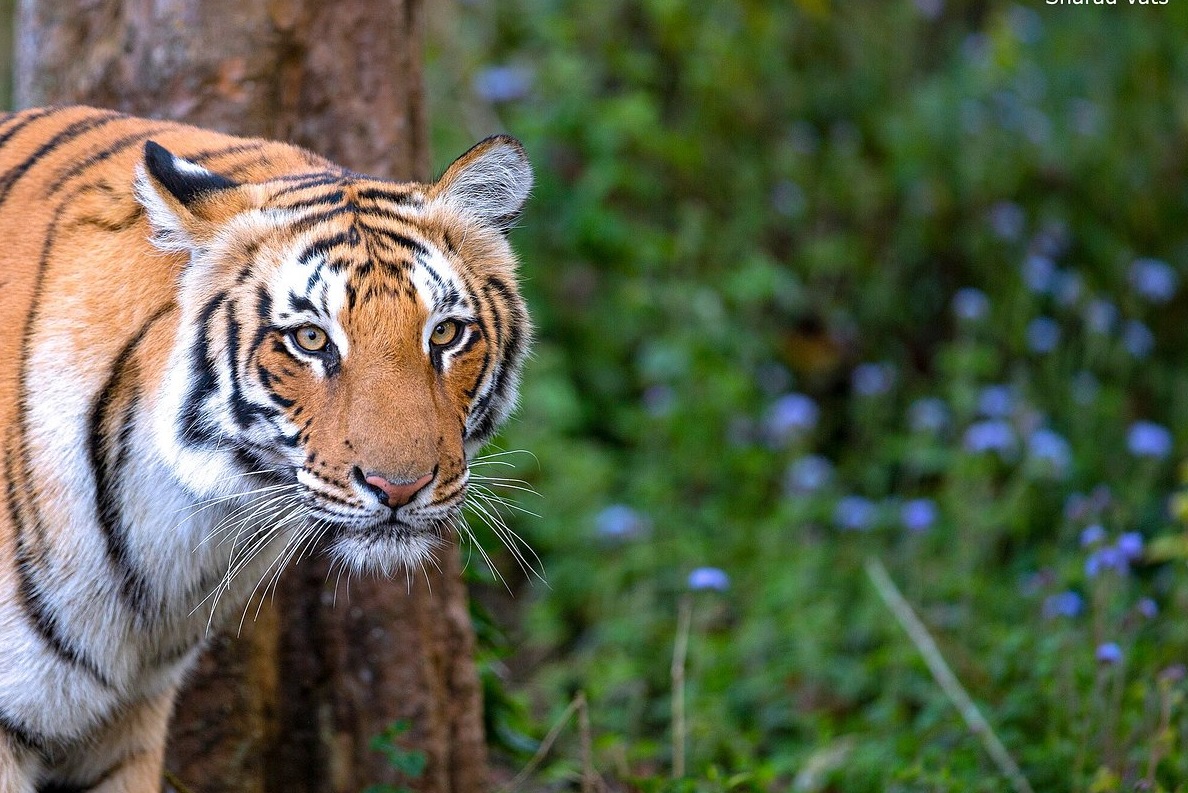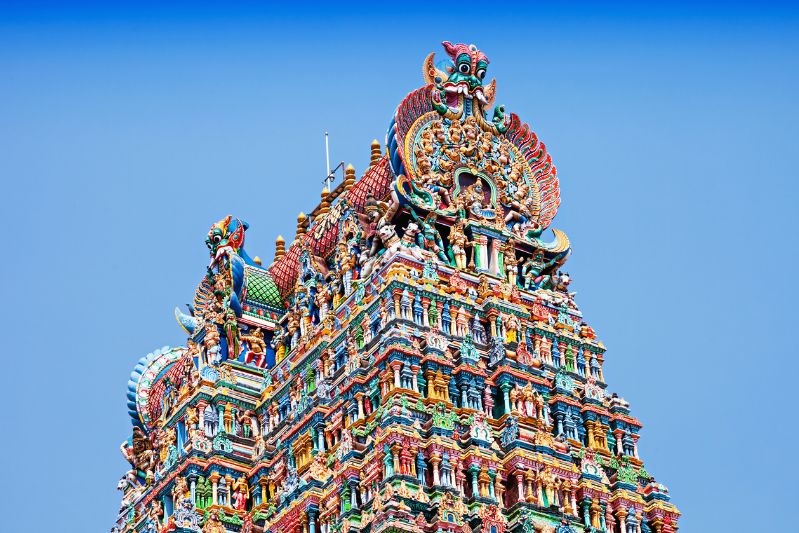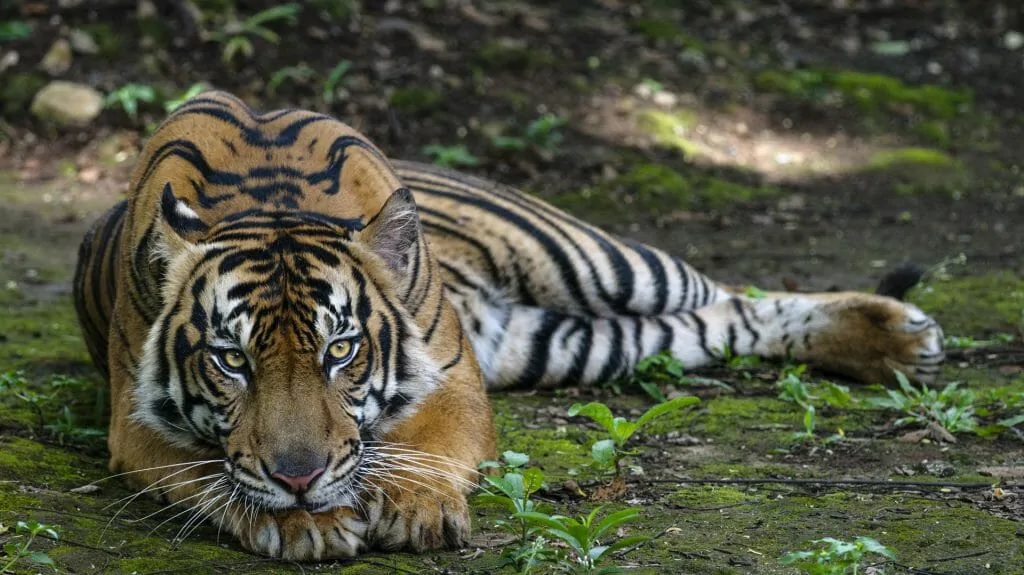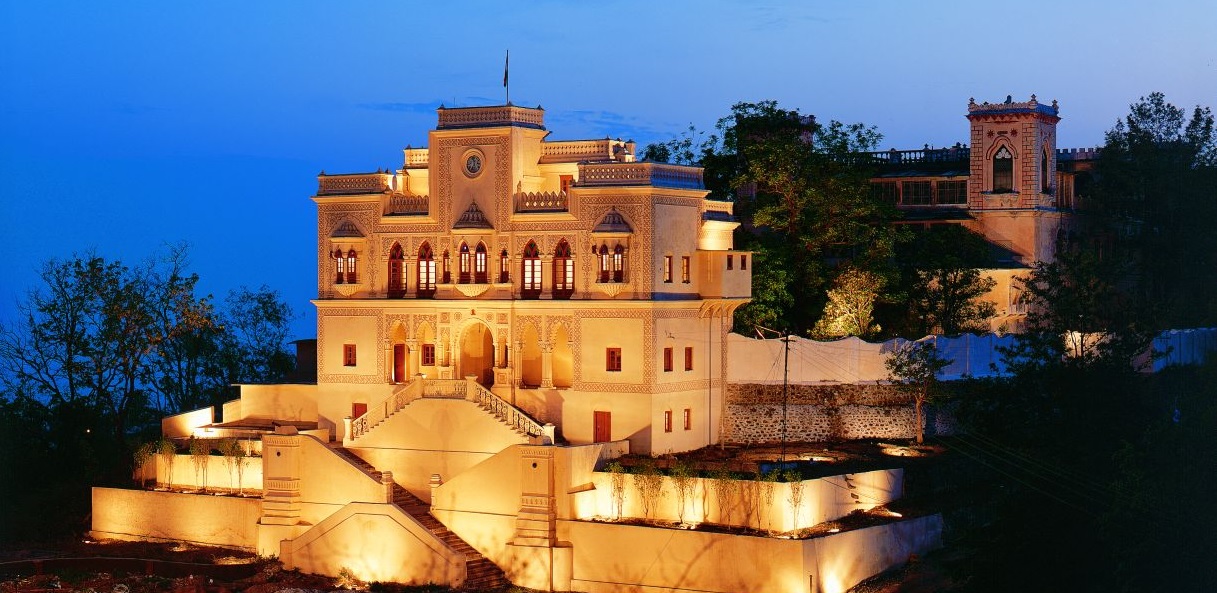TRIP To India is known throughout the world for its culture, its cities and its monuments with a thousand and one riches. But, it is also a country, which by its topography and its climate, has an incomparable biodiversity.
In half a century, India has gone from 5 parks to almost a hundred national parks, aware of the importance of protecting its fauna and flora. Trip to India is now focused as much on the discovery of its civilization and its traditions as on its lush vegetation and the animal species that populate it.
ITS FAUNA
The emblematic mammal of India is the tiger, it has even been elected as the national animal. Present alongside it the Asiatic lion and the leopard, it is only in India that we find these 3 species together! But, their survival is threatened: tigers are victims of poaching and see their habitat increasingly reduced. The Asiatic lions occupied the entire Indian territory for a long time, but it is now in the Gujarat region within the Sasan Gir Park that the 400 remaining lions are gathered. The feline species remains, all the same, still very present with many wild cats such as the manul cat, the tiger cat, the golden cat or the marbled cat.
The Himalayas are a refuge for the few rare snow leopards or the lynx. The brown bear and the collared bear are well established with many individuals, but you will surely not meet them! Another species of bear is, however, present in a large majority of India, the sloth bear which is essentially insectivorous, frugivorous and greedy for honey! This one would even tend to make us crack with its pretty teddy bear head… In such a trip, we cannot of course forget the Asian elephant, a sacred and venerated species, which is also part of the Indian fauna. You will have the opportunity to approach them if you choose during your trip to India to take a ride on their back. Do not get me wrong, India takes great care of its elephants. You will also be able to feed them and participate in their care.
If there is one creature that you will not miss during your trip to India, it is the monkey! The two most common species are the red-bottomed and the long-tailed. Its natural habitat may be the forest, but it is in the city that you will easily come across it. Especially near temples, where the population tends to feed them for free. Be careful, red-rumped vultures are sometimes aggressive, long-tailed vultures are known to be more sociable.
Finally, there are thousands of birds here. No fewer than 1,224 species occupy the whole of India! If they are so numerous, it is simply thanks to the incredible diversity in terms of habitat that they find here. The wetlands are ideal for welcoming aquatic migratory birds such as ducks, cranes, geese or even pink flamingos. In the northern jungle, it is the peacock that still lives in the wild. In the mountains of the Himalayas or the Western Ghats, a huge forest bird, the hornbill, has found refuge, recognizable by its beak on which is a sort of highly coveted horn… Vultures are closer to towns and villages, where they easily find carcasses and other victuals. It is also a paradise for green parakeets that can be seen flying in flocks.
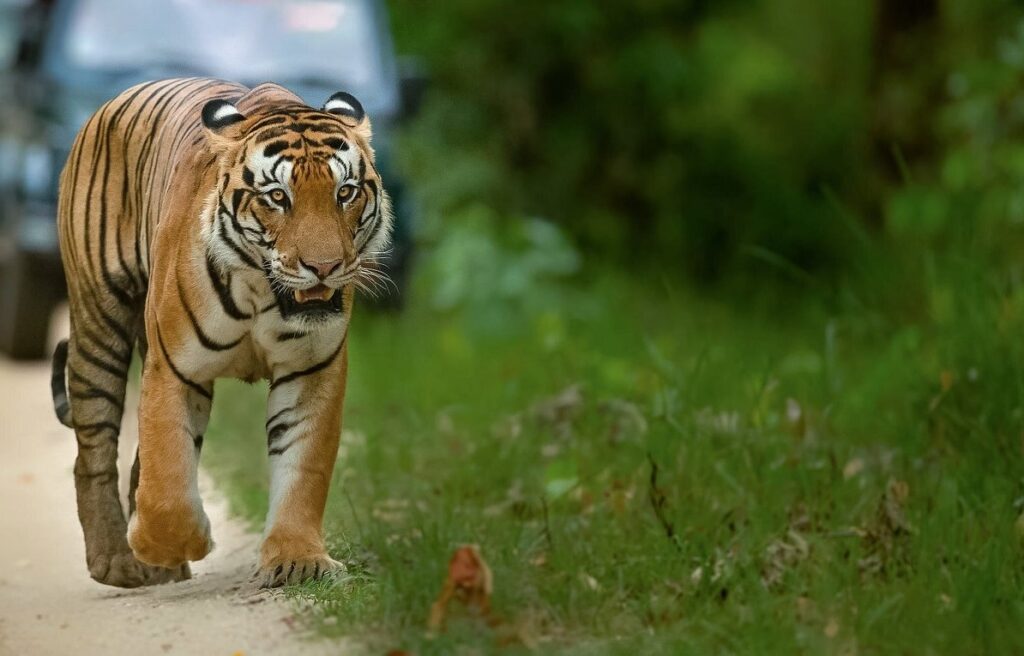
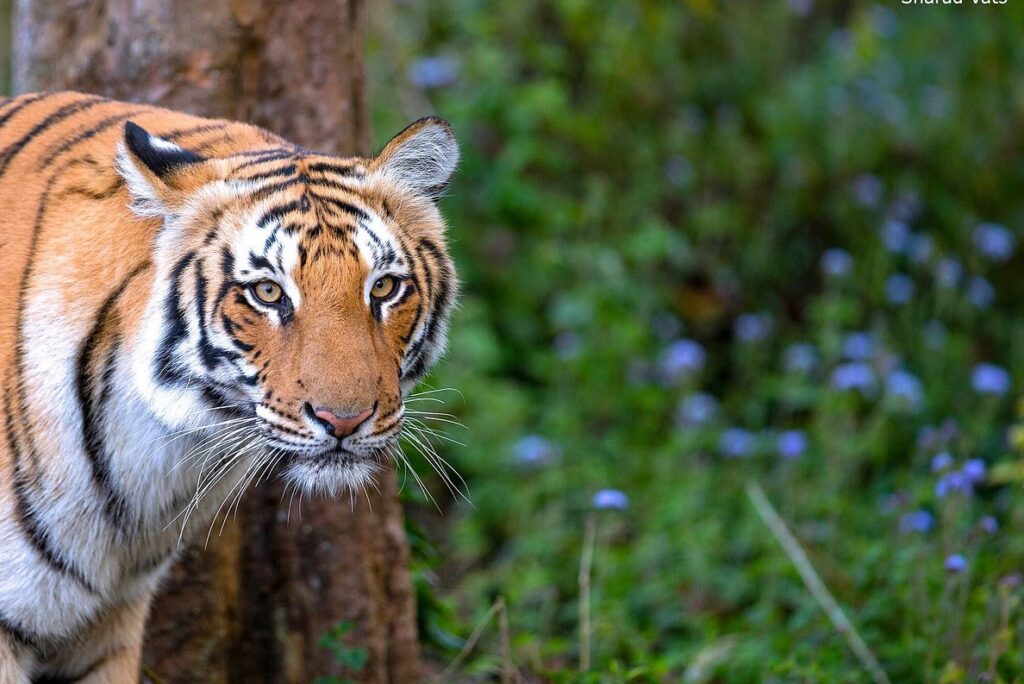
ITS FLORA
If India is a paradise for all animal species, it also has a diverse and varied vegetation. Going on a trip to India and discovering the Indian flora is a magnificent opportunity. Here, the different plants proliferate depending on the climate, humidity and altitude. Teak occupies an important place in the forests, it is also known for its strong marketing in the furniture sector. Bamboo, sal and many types of fig trees are also very present. The most beautiful are the cassias, a flowering tree that looks like mimosas! The coastline is the kingdom of coconut trees. The mountains of the Eastern and Western Ghats are of course the ideal terrain for conifers that like altitude, such as cypresses, Himalayan cedars, pines, chestnut trees, cherry trees and oaks.
It is the many Indian rivers that allow for exceptional arborization. The various types of acacia or the khejri, a symbolic and sacred tree for the Bishnoi community, draw water through their roots. The Bishnoi have been an ecological civilization since the 15th century, practicing vegetarianism (no animal flesh, but foods that can come from animals such as milk, eggs, etc.) to be in communion with nature and with the utmost respect for animals and plants.
Traveling on Indian lands thus offers the possibility of making excursions and immersions in nature reserves, with nomadic or semi-nomadic populations: example to support a stay in Karnataka, in the Biligiri Rangana Hills reserve, with the Soligas.
The forest has always been part of the life of many Indian civilizations, but it has suffered a significant reduction in its surface area in recent years. The cause is the ever-increasing need for agricultural land to feed the population, roads, etc. However, a collective awareness has made it possible to stop this catastrophic deforestation and little by little hundreds of hectares have been able to benefit from reforestation with incredible initiatives such as the 50 million trees planted in 24 hours by 800,000 Indians in Uttar Pradesh.
A trip to such an abundant land will be an opportunity to live a magnificent experience! From desert plains to small islands, through the Himalayan mountains and tropical forests, it is a journey rich in emotions that awaits you! Before leaving, do not forget to find out about the recommended vaccinations for a trip to India.

